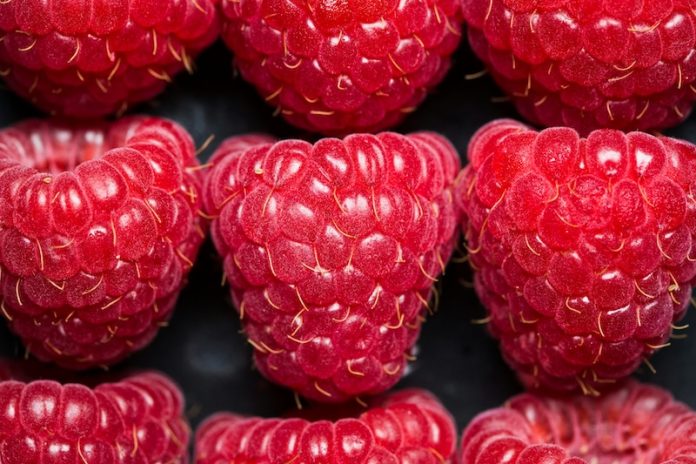
Living with diabetes often means being extra careful about what you eat, especially when it comes to sugar. This can make people wonder: “Can I still eat fruit?” Since fruit tastes sweet, it’s easy to assume it might be off-limits. But the good news is that people with diabetes can enjoy fruit—it’s just a matter of choosing the right types and eating the right amounts.
Fruits are packed with natural sugars, but they also come with important nutrients like vitamins, minerals, and fiber. The fiber is especially helpful for people with diabetes because it slows down how fast sugar enters the bloodstream. This can prevent sudden spikes in blood sugar levels.
That said, not all fruits affect blood sugar in the same way. Some fruits raise blood sugar quickly, while others have a gentler effect. To understand this better, it helps to look at something called the glycemic index (GI). This is a number that tells you how quickly a food can raise your blood sugar. Foods with a low GI (55 or less) are better for blood sugar control.
Many fruits fall into the low-GI category and are great choices for people with diabetes. These include cherries, strawberries, blueberries, raspberries, apples, pears, oranges, and plums.
These fruits are not only delicious but also full of fiber, which helps with digestion and keeps you feeling full longer. When eaten in the right portions, they are unlikely to cause large spikes in blood sugar.
Other fruits, such as watermelon, pineapple, and mango, have a higher GI. This means they can raise your blood sugar more quickly. That doesn’t mean you have to avoid them entirely, but it’s best to eat them in smaller amounts and less often.
One helpful trick is to eat these fruits with a little protein or healthy fat—like a handful of nuts or a spoon of peanut butter. This can slow down sugar absorption and reduce blood sugar spikes.
Portion size is also key. Even low-GI fruits can raise your blood sugar if you eat too much. A good rule of thumb is to keep fruit servings to about 15 grams of carbohydrates. For example, this could mean one small apple or half a cup of fresh berries.
It’s also better to eat whole fruits instead of fruit juice or dried fruit. Whole fruits have more fiber and take longer to digest, which is better for your blood sugar. Fruit juices and dried fruits, on the other hand, are much more concentrated in sugar and can cause your blood sugar to rise quickly.
In short, fruit is not only allowed but encouraged in a diabetes-friendly diet—when eaten wisely. Choose fruits with a low glycemic index, keep portions in check, and pick whole fruits over juices or dried options. Everyone’s body reacts differently, so it’s a good idea to keep an eye on your blood sugar after eating fruit and talk to your doctor or dietitian for personal advice.
With the right choices, fruit can be a sweet, healthy part of your life—even with diabetes.
If you care about diabetes, please read studies that flaxseed oil is more beneficial than fish oil to people with diabetes, and green tea could help reduce death risk in diabetes.
For more information about nutrition, please see recent studies that blueberries strongly benefit people with metabolic syndrome, and results showing vitamin D could improve blood pressure in people with diabetes.
Copyright © 2025 Knowridge Science Report. All rights reserved.



